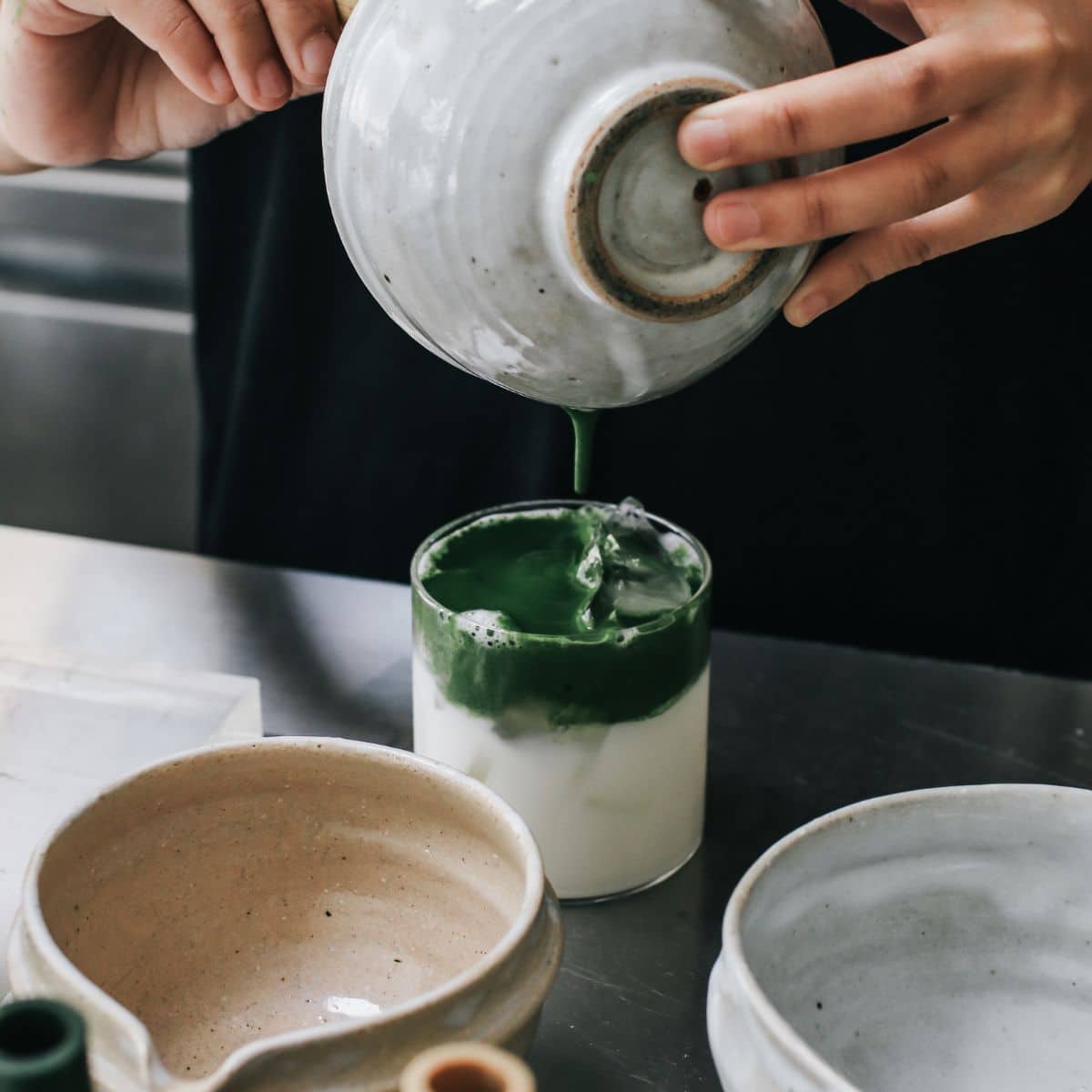

Coffee is the most popular beverage consumed in the early hours of the day by Americans and many others worldwide. It’s also one of the highest sources of caffeine, and similar to other caffeine sources, consuming too much can negatively affect your health over time.
The good news is that coffee does have some health benefits when consumed in moderation. It contains some of the highest levels of antioxidants of all foods and drinks consumed in the United States; it has been consistently linked to many health benefits. These include preventing Parkinson’s disease, lowering the rates of depression (especially in women), and contributing to liver health. It has even been shown to have cardiovascular benefits, promoting healthy arteries when consumed in moderation.
Unfortunately, coffee can have negative effects as well. Too much caffeine can lead to headaches, anxiety, and high blood pressure. It can also lead to insomnia and poor quality sleep, which leave you feeling so tired during the day that you drink more coffee to stay awake, creating a vicious cycle of dependence and increasing fatigue. Finally, those who insist on adding sugar, dairy, and/or oil-based creamers to their coffee further undermine any health benefits the coffee might have provided. Caffeine, sugar, and dairy all have addictive properties, which tend to lead to greater consumption over time and are ultimately detrimental to your physical and mental well-being.

Because of its addictive properties, cutting out coffee can be challenging, but don’t lose hope. If you’re trying to reduce or eliminate coffee, here are three simple strategies that might help.
Caffeine-free coffee alternatives containing roasted barley, rye, and chicory root are popular substitutes for many former coffee enthusiasts. These alternatives are favored for their robust, coffee-like flavors, and some provide health benefits. For example, chicory root is naturally sweet and a great source of inulin, a soluble fiber that can help prevent diabetes, regulate digestion, and help maintain beneficial gut bacteria. Note, however, that too much inulin—as with too much fiber of any kind—can also lead to bloating, gas, and upset digestion, so watch your intake and listen to your body. Also, remember that barley and rye contain gluten and may not suit those with gluten sensitivity. However, many people enjoy these coffee alternatives; they are caffeine-free and may be just what’s needed to kick the habit. They are sold under several brands, including Dandy Blend, Teeccino, Cafix, Cafix, and others. Always read the ingredients lists of any product you purchase before deciding it’s right for you.
Another unique coffee alternative—my favorite—is roasted cocoa beans, which can be ground and brewed just like coffee. Crio Brü is one of the most reputable and popular brands. Containing virtually no caffeine—trace amounts, less than decaffeinated coffee—and no additives of any kind, brewed cocoa beans have a wonderful flavor that’s very similar to coffee. It’s also calorie-free and gluten-free, and cocoa is also rich in antioxidants, delivering the health benefits of dark chocolate without the added fat or sugar. I like to mix this product with my coffee, adding one scoop of each to my coffee maker, reducing my total coffee intake. The resulting beverage is like a healthier, reduced-caffeine version of a mocha.
For some, quitting coffee cold turkey after drinking several cups a day can be too hard. It’s also not optimal or suggested to take something out of your routine without replacing it with a better option, and caffeine withdrawal can produce unpleasant side effects. So take it a cup at a time for optimal success.
Start by cutting your coffee to one less cup than you drink now. If you usually drink more than one cup of coffee in a row, try switching to an alternative beverage after the first cup. For many people, just having something warm to drink can solve the problem of missing coffee and curb the impulse to drink it cup after cup. When you’re ready—perhaps a week to a month later—reduce your coffee consumption by another cup and try switching to one of the tea options below.

Tea is an often overlooked source of antioxidants and comes in so many wonderful varieties, both with caffeine and without.
I love matcha tea, a high-quality, usually unroasted green tea that comes in powdered form. It does contain some caffeine, but it is high in chlorophyll and antioxidants, and it has a delicious, unique flavor. While regular green tea is made by steeping the leaves in hot water, matcha tea powder is so fine that it is stirred directly into the water with a whisk. Thus, you actually consume the leaves giving you even more of the benefits. Be sure to purchase a high-quality, bright green matcha that’s also organically processed.Encha, Do Matcha, Tao of Tea, and Eden are just a few of the high-quality organic brands available. Matcha can be expensive though, so regular green tea is still a great option if you’re on a budget.
In addition to Camellia sinensis —the original “tea” plant native to Asia and consumed around the world—several other plants are prepared like tea and provide similar benefits. One of them is yerba maté, which is native to South America. Often just called maté for short, it contains more caffeine than green tea—about 80 mg per serving versus only 35 mg for green tea—but less than most brewing methods for coffee. It is also rich in antioxidants and full health benefits. Guayaki is one organic, fair-trade certified brand that I recommend. Look for the air-dried, unsmoked variety for the safest option (to reduce exposure to potential toxins from smoked varieties) and brew it just like you would coffee—either in a French press or a drip-style maker. Yerba maté has a nutty, green, smoky flavor that is really nice. You may want to add a healthy sweetener, lemon, or plant-milk, or drink it plain. However, because it is a source of caffeine, it shouldn’t be over-consumed or relied on all day long for energy. Have a cup in the morning or early afternoon when you would normally consume coffee if you feel this option is right for you.
Finally, consider other caffeine-free teas (tisanes) like peppermint, which is calming but gently stimulating. Another variety you might enjoy is rooibos (pronounced ROY-boss) tea—also called red bush tea—which has a delicious sweet flavor with zero calories or sugar. It is also a great source of antioxidants and health promoting compounds. You might also try ginger tea or other natural fruit-flavored herbal teas. All of these can be enjoyed hot or cold, depending on your preference and lifestyle needs.
Quitting coffee isn’t easy, but doing so might provide health benefits that make it worthwhile. It can lead to better sleep, increased productivity, increased energy levels, improved mood, reduced inflammation, and less dependency on caffeine over time. You might even see benefits in your skin, digestive health, blood pressure, and more. Of course, everyone is different, and coffee can work well for some if consumed in small amounts.
If you choose to stick with coffee, purchase the highest quality coffee you can find, and enjoy it in moderation. For optimal health benefits, drink it black, or enjoy it with organic unsweetened plant-based milk (e.g., soy milk, almond milk, or cashew milk). Before adding anything to your coffee, look at the ingredients and ensure you’re not about to pollute your beverage with unhealthy oils, sugars, or dairy by-products. If you must add sweetener, use a high-quality natural sweetener like maple syrup, coconut sugar, date sugar, or organic stevia extract, and use as little as possible.
If you’ve successfully quit coffee or reduced your consumption, please share tips that have proven successful!
Copyright 2024 Center for Nutrition Studies. All rights reserved.